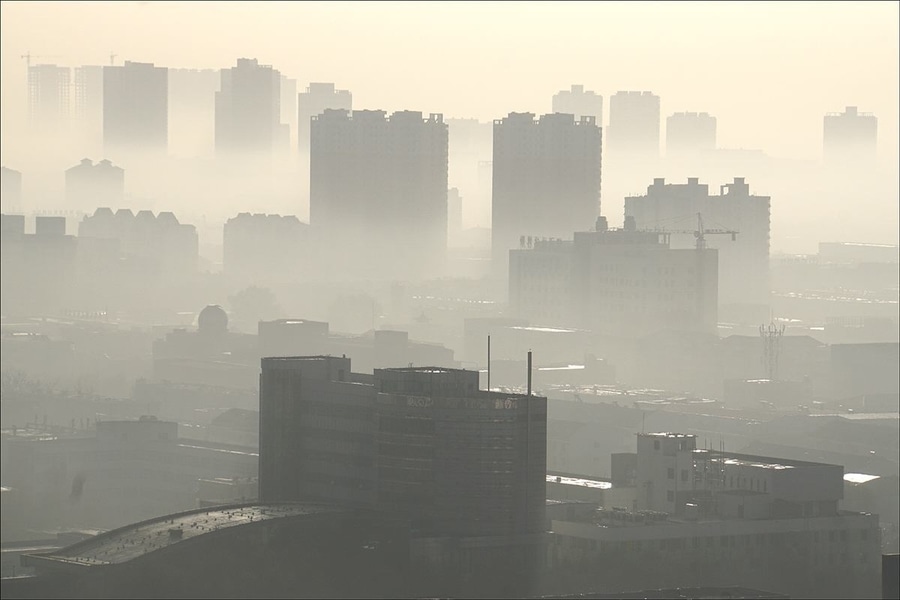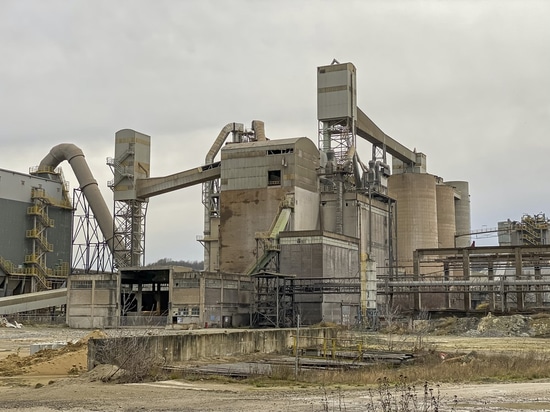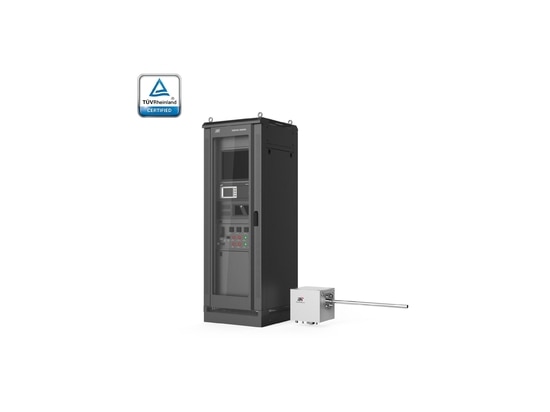
#Industry News
Case Series: FPI Offers Its Solution for Vietnam Environment Monitoring
Poor air quality threatens the health of millions of people worldwide, but more so for individuals living in Vietnam.
Air pollution causes nearly 60,000 deaths yearly in Vietnam. According to Statista, the country's population-weighted concentration of particle pollution (PM) stood at 20.4 micrograms per cubic meter in 2019. That's close to the recommended maximum concentration of 25 micrograms per cubic meter based on the WHO's air quality standards.
The principal cause of this pollution is an extensive economy, which led to increased pollutant emissions. Luckily, the Vietnamese government has taken bold action to deter its further deterioration. And the first step to rooting out the issue is to deliver precise and comprehensive monitoring, with which FPI helps tremendously.
Case Analysis
Here is the detailed information about FPI success case in Vietnam:
1.Case Background
Established in 1993, the Lam Thach Cement Plant is located near Halong Bay, Guangning Province, which boasts a tropical monsoon climate. Under this climate, particulate matter and toxic and harmful gases emitted by industrial production will penetrate inland areas due to strong winds, causing adverse effects on local and inland ambient air.
Besides, about 40% of industrial dust emissions come from particulate matter produced by cement production. It means that about 230,000 tons of standard coal will be consumed to produce 1 million tons of cement, generating over 600,000 tons of CO2 and other toxic gases such as CO, SO2, and H2S.
In addition, to pursue rapid development in the economy, Vietnam has taken actions to support industries to develop without considering the worsening environment. But in recent years, when handling environmental issues was written into the government's working agenda, Vietnam also rolled out its environmental protection strategies.
Under this background, Lam Thach Cement Plant, in response to the call of the local government, planned to purchase flue gas online monitoring systems. FPI is the enterprise that offers them professional customization solutions.
2.Difficulties of the Project
After a comprehensive site inspection, our experts found that there are three technical difficulties:
Harsh environment
Considering the climate, equipment here has to withstand the sun beating, the boiling temperature, and strong wind and rain, In this case, it poses a great challenge to its resistance to harsh environments.
High dust content
Next to the cement factory is a mime. When digging the mime, the dust will infuse the factory, stocking on the road and roof. Therefore, the emission monitoring system should be highly dust-resistance and has good heat dissipation.
Complicated maintenance work
Maintaining high precision requires regular inspection, calibration, consumables replacement and other maintenance work. Therefore, a load of manpower and material resources should be in place.
3.Project Proposals
According to the local situation our experts had made a comprehensive project proposal for this case .
· Overall objective
The major goal for this case was to deal with the potential excessive emissions in advance, making the production process more transparent to optimize resource utilization. Therefore, we plan to build a continuous online monitoring system for pollutant discharge at 8 points, including kiln and dust collection outlets, on the one hand; and complete the data upload of those points based on the local government’s requirements on the other.
· Concrete framework
FPI had dug through the specific demands of the 8 monitoring spots and made a custom-made solution:
The kiln inlet, the biggest source of pollution in the cement plant, was applied with a comprehensive gases monitoring system, combining UV-DOAS technique and infrared technology to inspect the gas pollutants effectively.
· Equipment FPI provided
After setting the concrete framework, we decided to equip the stack on the kiln tail and dust discharge with CEMS-2000 emission monitoring systems for monitoring gas emission and particulate matter, respectively. For the former, the system can monitor SO2, CO, O2, particulate matter, and some physical indicators like humidity, temperature, pressure, and flow rate ; the latter measures particulate matter and the physical indicators.
· Response we made
As an experienced solution provider for our customers, we believe there is no one-for-all panacea since different characteristics exist in different places. Therefore, we were dedicated to optimizing our equipment so that they could get along well with the features.
- Harsh environment
To respond to the monsoon weather and high dust content here, we have made targeted optimization for its own products, improved the protection level of outdoor devices, enhanced the function of anti-high temperature direct radiation and high temperature resistance, more adapted to the local climate and working environment, and increasing their liability and prolonging their service time.
- Complex maintenance work
Maintenance jobs are inevitable. FPI has been fostering our technical services teams abroad for routine maintenance and troubleshooting. And the team in Vietnam could ensure the complex maintenance work can be done timely and appropriately.
4.What Has Changed
According to a survey made by technical engineers of Lam Thach Cement Plant, the place has witnessed a great balance between economic and environmental benefits after the installation of the system since it offers clear and updated data on the place's air quality to help make a more targeted plan for the environmental issues.
On the other hand, users can improve their technologies after looking through the data exported by our monitoring instrument. They can set a more reasonable standard and ratio for the volume of fuel and original materials, which can keep the emission of SO2 as it is and cut down the NOX and dust emissions. In this way, the production can achieve a rising output even if the capacity remains unchanged.
The same held true in this case. The data on the dust emission offers the factory owner access to the relationship between the wasted materials from the exhaust and the cement production, knowing that over 200kg of cement will be wasted every day. Noticing the situation, the owner started improving the dust collection equipment, putting down the dust content concentration, saving over 150kg of cement per day. All in all, the CEMS-2000 increased the company’s benefits and built up a reliable corporate image that can shoulder corporate social responsibility (CSR).
Conclusion
In this case, the FPI’s gas monitoring equipment is the major problem-fixer. Compared with the well-known western equipment that also took part in this case, our CEMS-2000 and services have the following features:
- higher adaptability to harsh natural and working environment
- higher HMI visualization degree
- lower system complexity
- No dependent on external equipment upload
- Simpler maintenance jobs
- Reasonable price
- Local service team standing by
With over 20 years of experience, the company is committed to advancing its technologies to provide more reliable customer monitoring instruments. It also offers great customer service and delivers innovative technologies with an accessible network worldwide. If you need state-of-the-art analytical instrumentation, consider working with FPI.







